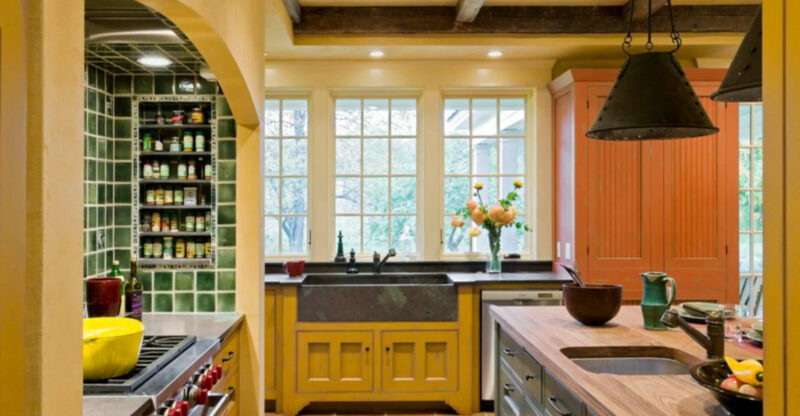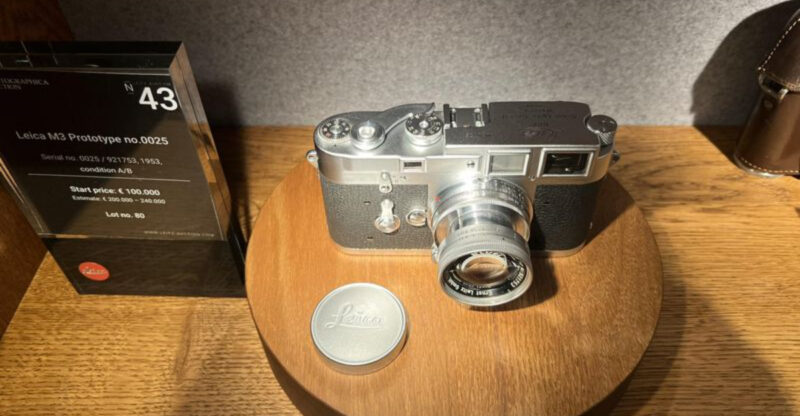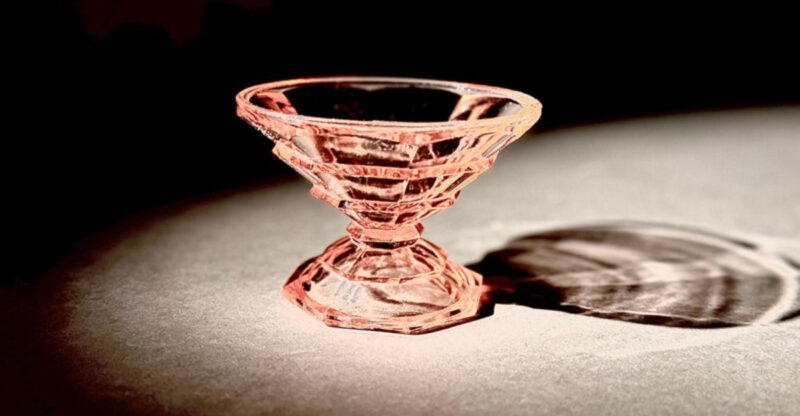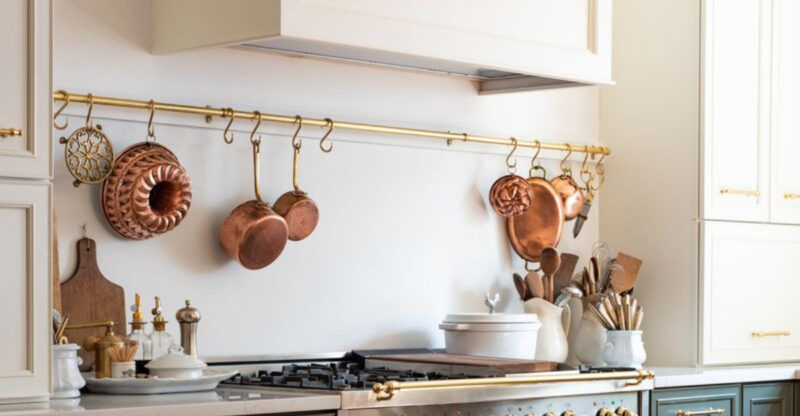9 Antiques New York Collectors Are Betting On And 9 You Might Regret Keeping
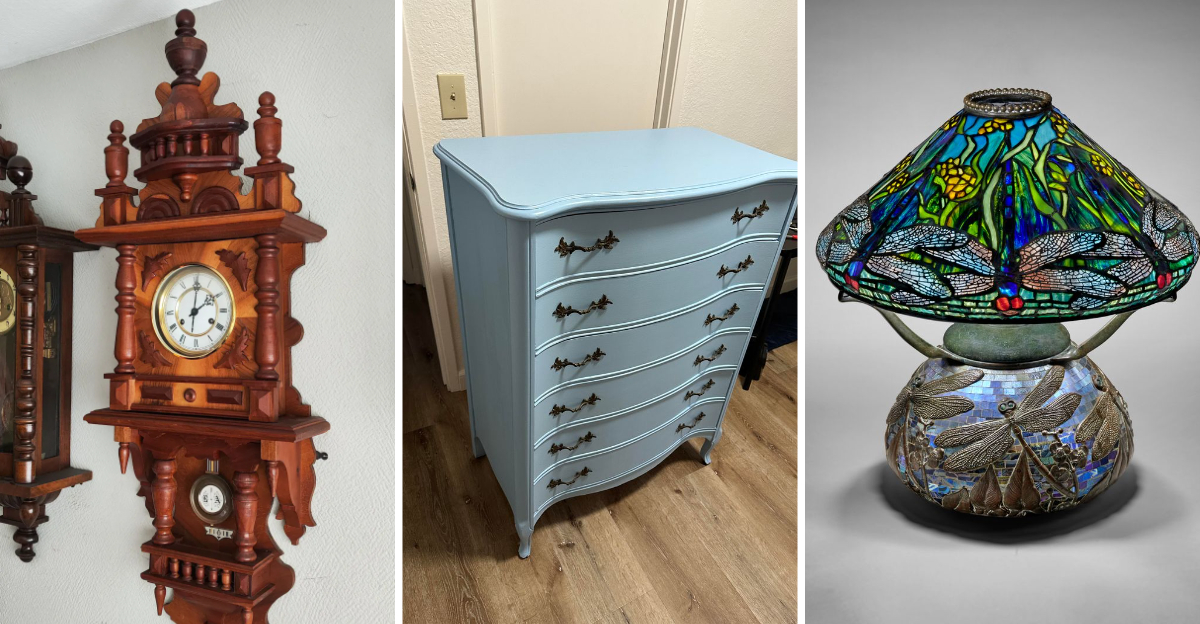
The world of antiques can be as unpredictable as New York City itself. Some vintage treasures are skyrocketing in value while others are gathering dust faster than they’re gathering interest.
Whether you’re a serious collector or just inherited Grandma’s old stuff, knowing which antiques to hold onto and which to let go could save you space and potentially make you money.
Here’s my insider guide to what’s hot and what’s not in the Big Apple’s antique scene right now.
1. Folk Art Painted Furniture
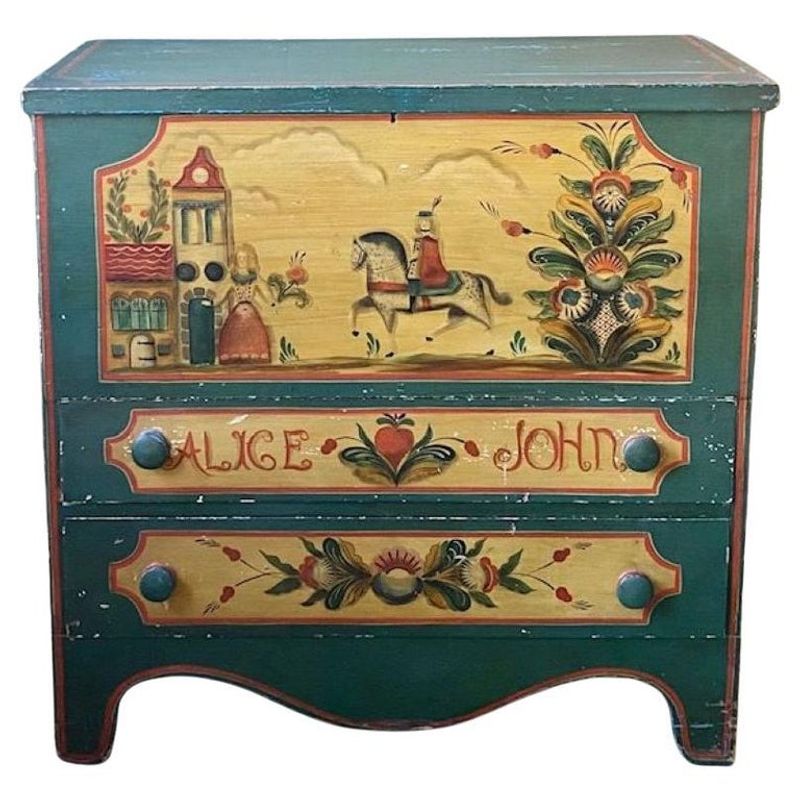
Early American folk art furniture with original paint is absolutely gold in today’s market. These handcrafted pieces tell stories of American craftsmanship that New York collectors simply can’t resist.
The more unusual the painted design, the better think vibrant florals, patriotic motifs, or geometric patterns that pop against worn wood. Collectors particularly value pieces from the 18th and 19th centuries with documented provenance.
If you’ve got an old blanket chest or cupboard with its original painted finish, hold onto it! Even pieces with some condition issues can fetch impressive sums at Manhattan auction houses, especially if they’re from recognized regional workshops or bear the marks of known craftsmen.
2. Antique Tapestries
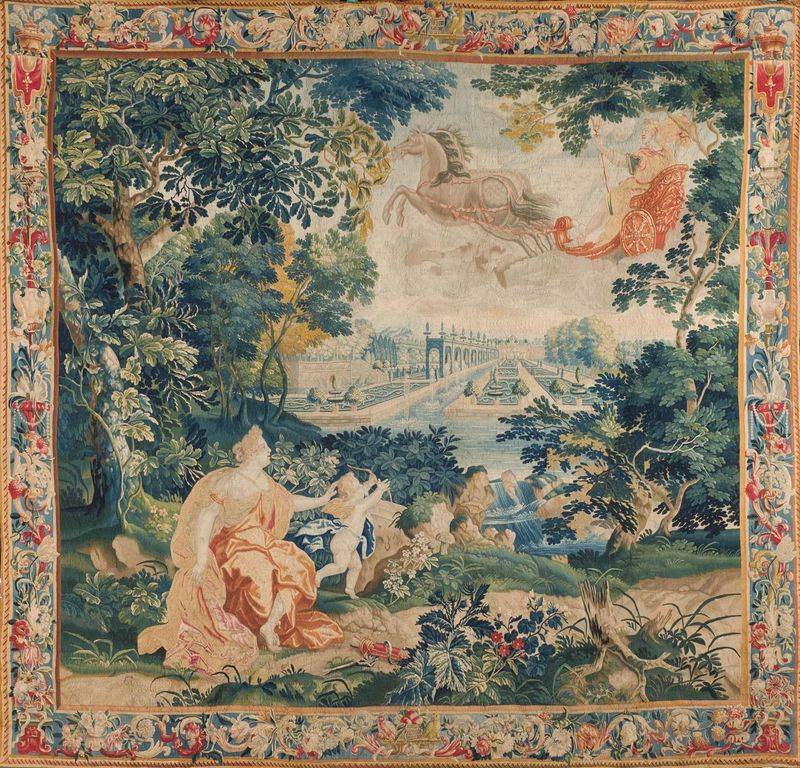
Historic tapestries have become the darlings of Manhattan’s elite decorators and collectors. These textile masterpieces bring warmth, history, and undeniable gravitas to contemporary spaces, explaining their recent price surge in New York’s high-end antique market.
French Aubusson and Belgian verdure examples from the 17th and 18th centuries are especially coveted. Even fragments of these handwoven treasures can command serious money if the colors remain vibrant and the subject matter is compelling.
Wall-sized tapestries depicting mythological scenes or pastoral landscapes create dramatic focal points in modern minimalist apartments. Their ability to soften acoustic properties while adding historical depth makes them functional art—exactly what savvy New York collectors are hunting for right now.
3. Georgian & Regency Furniture
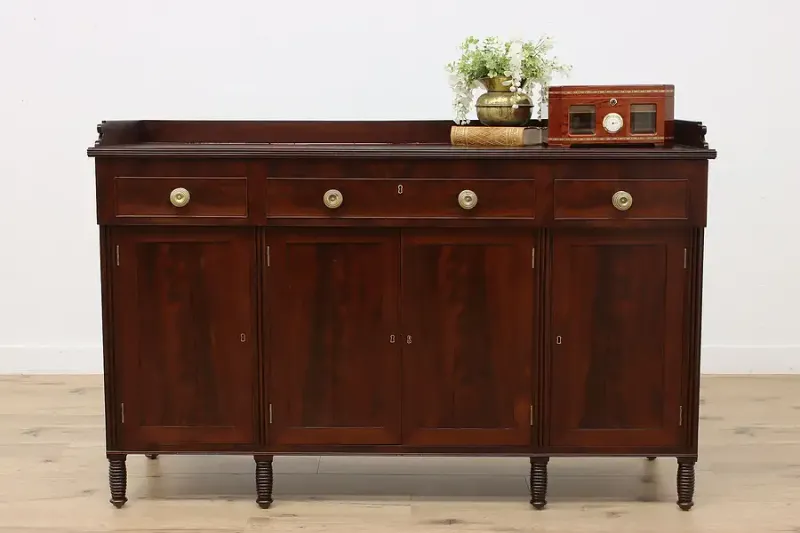
Georgian and Regency period furniture pieces are experiencing a remarkable renaissance among Manhattan’s design cognoscenti. Their clean lines and elegant proportions work surprisingly well in contemporary settings, making them hot commodities for brownstone owners and luxury apartment dwellers alike.
Mahogany dining tables, secretaries, and sideboards from this golden age of British craftsmanship (roughly 1714-1830) combine formal elegance with practical functionality. The rich, deep patina that only centuries can create gives these pieces an authenticity that reproduction furniture simply cannot match.
Smart collectors are especially targeting pieces with interesting inlays, original brass hardware, and documented provenance. Even smaller items like Pembroke tables or knife boxes can fetch premium prices if they’re in good condition with minimal restoration.
4. Mid‑Century Italian Lighting
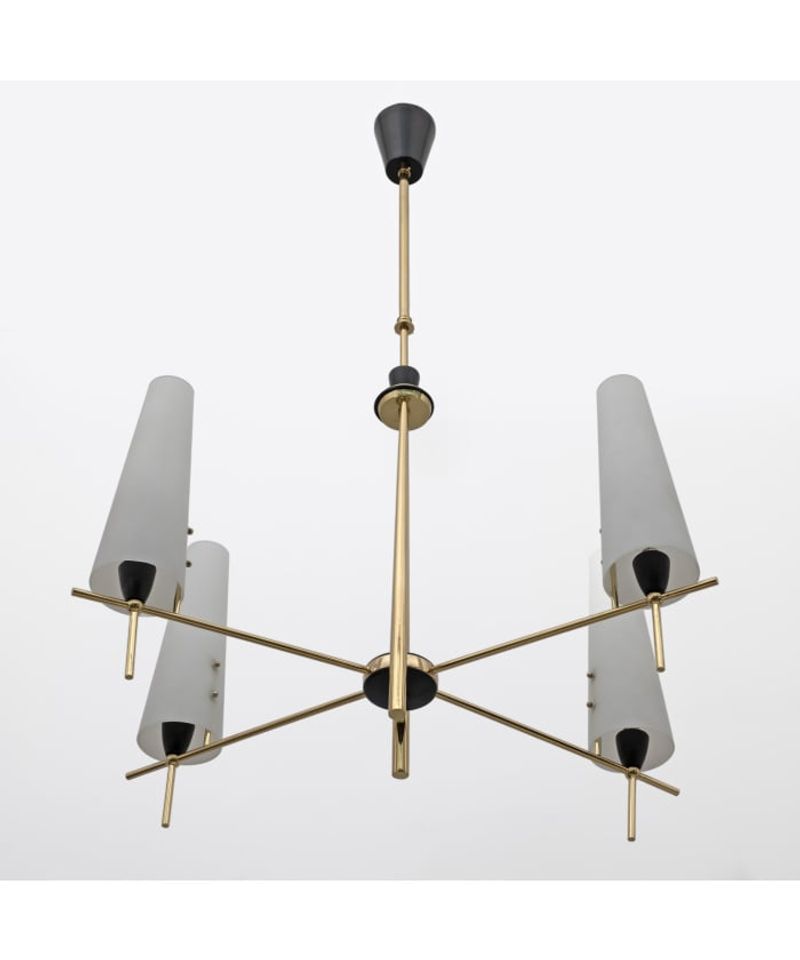
Vintage Italian lighting from the 1950s-70s has become the crown jewel for New York’s design-savvy collectors. Names like Stilnovo, Arredoluce, and Fontana Arte command attention and serious money at Manhattan galleries and auctions.
Unlike mass-produced lighting, these Italian masterpieces combine sculptural forms with innovative engineering. Brass, hand-blown glass, and experimental materials come together in pieces that function as both practical lighting and statement art. The craftsmanship simply doesn’t exist in today’s production methods.
Wall sconces and table lamps are particularly sought after because they’re easier to incorporate into existing spaces. If you’ve inherited or purchased Italian lighting from this era, you’re sitting on appreciating assets that sophisticated New York collectors are actively pursuing.
5. 1980s–90s Lane or Henredon Pieces
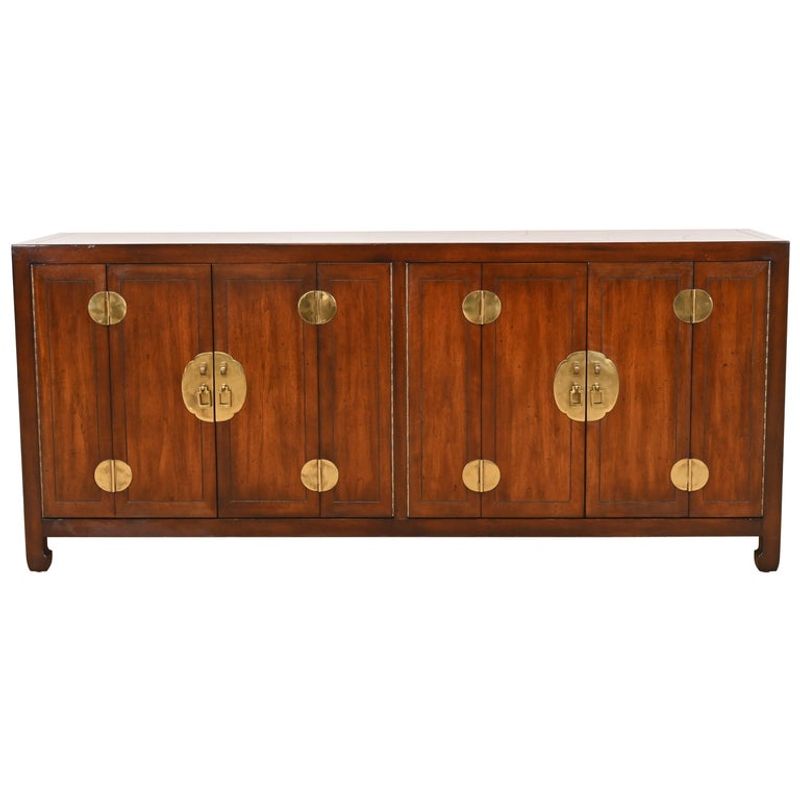
Those Lane and Henredon pieces from the 1980s and early ’90s that were once dismissed as outdated are now causing bidding wars among New York’s younger collectors. This resurgence reflects the cyclical nature of design trends and the quality craftsmanship these American manufacturers were known for.
Brutalist-inspired credenzas, burl wood tables, and postmodern case pieces with their bold proportions and rich materials perfectly complement today’s eclectic interiors. Many young professionals are discovering these pieces offer solid wood construction at prices still below mid-century equivalents.
Milo Baughman’s designs for Lane and Henredon’s Scene One collection are particularly hot tickets. If you’ve been storing these pieces or considering selling them at a garage sale, think again Manhattan dealers are actively scouting these formerly unloved treasures.
6. Victorian Wicker Furniture
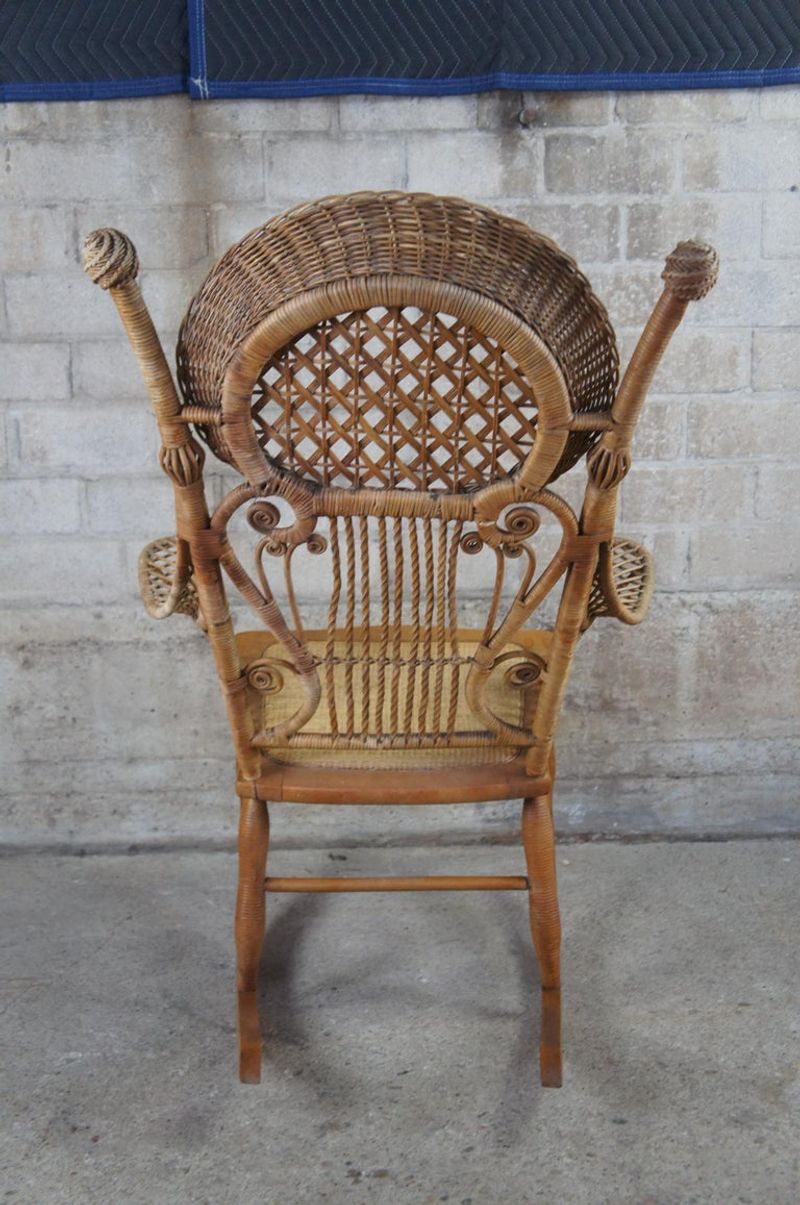
Victorian-era wicker furniture is experiencing an unexpected comeback among New York collectors with country homes and urban terraces. These intricately woven pieces bring texture, character, and a touch of whimsy to both indoor and outdoor spaces.
Natural (not painted) wicker from American manufacturers like Heywood-Wakefield commands the highest prices, especially pieces with unusual forms or detailed weaving patterns. Peacock chairs, ferneries, and rolling tea carts are particularly sought after for their sculptural qualities and historical charm.
The sustainable nature of these handcrafted pieces resonates with today’s environmentally conscious collectors. If your attic or storage unit houses vintage wicker in good condition, you might be surprised at what Manhattan dealers specializing in garden antiques would offer for these once-overlooked treasures.
7. Bronze Sculptures & Timepieces
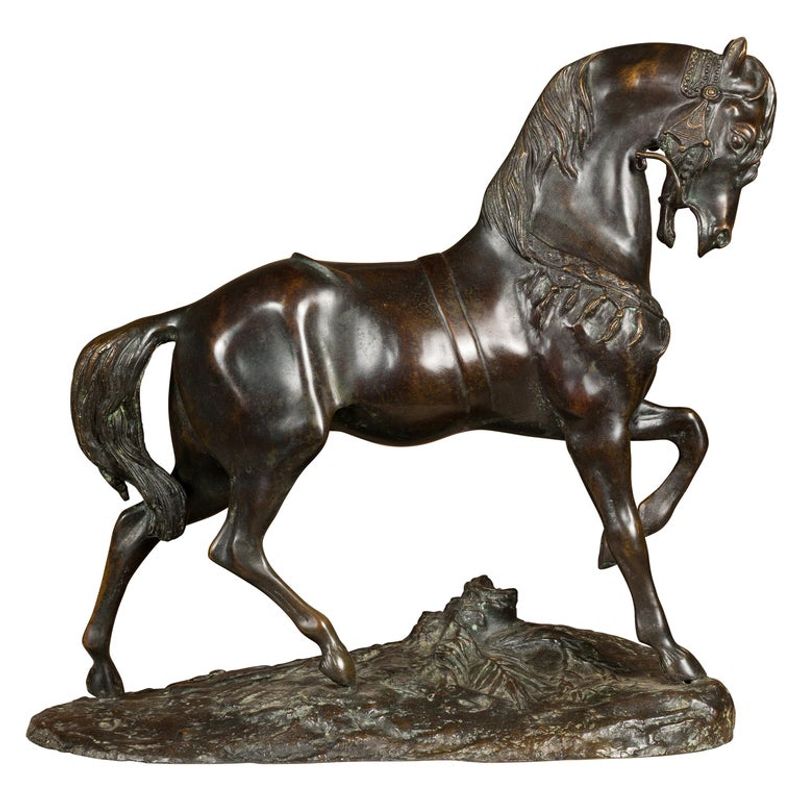
Bronze artworks and timepieces continue to appreciate in New York’s competitive collecting circles. The substantial feel, warm patina, and artistic merit of well-crafted bronze pieces offer tangible investment value in an increasingly digital world.
French and American bronzes from the late 19th and early 20th centuries are especially desirable. Animal sculptures by artists like Antoine-Louis Barye or figural works by Frederick Remington command premium prices, particularly when they retain their original patination. Similarly, bronze clock cases with quality movements inside represent functional art that sophisticated collectors covet.
The weight and permanence of bronze holds special appeal in our disposable culture. If you’ve inherited bronze sculptures or timepieces, have them professionally appraised before making any decisions—Manhattan dealers regularly search for quality examples to satisfy their demanding clientele.
8. Mid‑Century & Danish Chairs
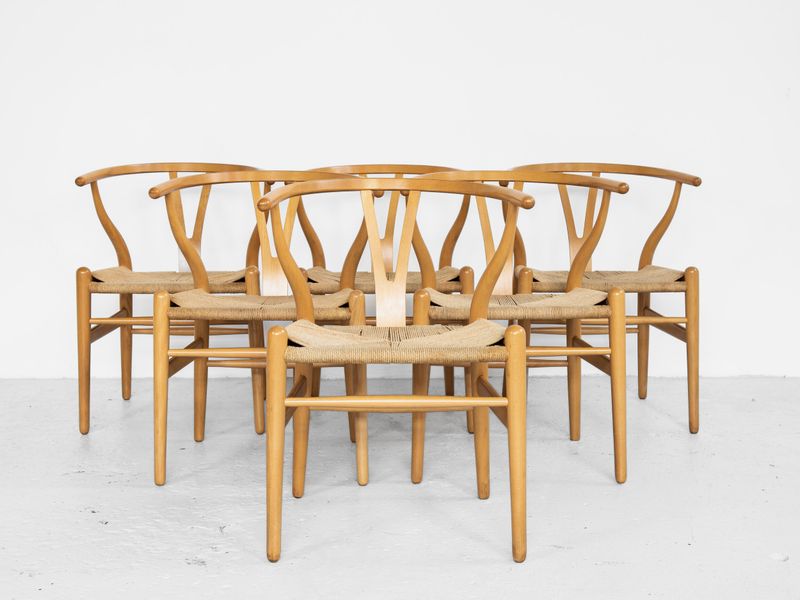
Mid-century Danish chairs remain the undisputed darlings of New York’s design scene. Their clean lines, organic forms, and impeccable craftsmanship continue to appreciate in value, especially examples by recognized designers like Hans Wegner, Finn Juhl, and Børge Mogensen.
The Papa Bear chair, the Wishbone chair, and the Ox chair have become iconic status symbols in Manhattan penthouses and Brooklyn brownstones alike. What makes these pieces so valuable is their perfect marriage of comfort, beauty, and durability qualities sorely lacking in most contemporary furniture.
Even lesser-known Danish designs from the 1950s-60s command strong prices if they’re in original condition with minimal restoration. If you’re fortunate enough to own authentic Danish chairs from this period, you’re sitting on investments that continue to outperform many traditional financial assets.
9. Art Nouveau & Deco Items

Art Nouveau and Art Deco pieces continue to captivate New York collectors with their distinctive aesthetics and historical significance. These two design movements represent pinnacles of craftsmanship that today’s mass production simply cannot replicate.
Tiffany lamps, Gallé glass, and Lalique crystal from the Art Nouveau period (1890-1910) command extraordinary prices, especially pieces with floral motifs or female forms. Similarly, Art Deco items (1920s-30s) with their bold geometric patterns and exotic materials like shagreen, lacquer, and chrome are highly sought after for their glamorous appeal.
Jewelry, lighting, and decorative objects from these periods make excellent investments. If you’ve inherited Art Nouveau or Deco pieces, Manhattan auction houses like Sotheby’s and Christie’s regularly achieve record prices for quality examples with good provenance.
10. Pressed Glass Décor (Let Go)
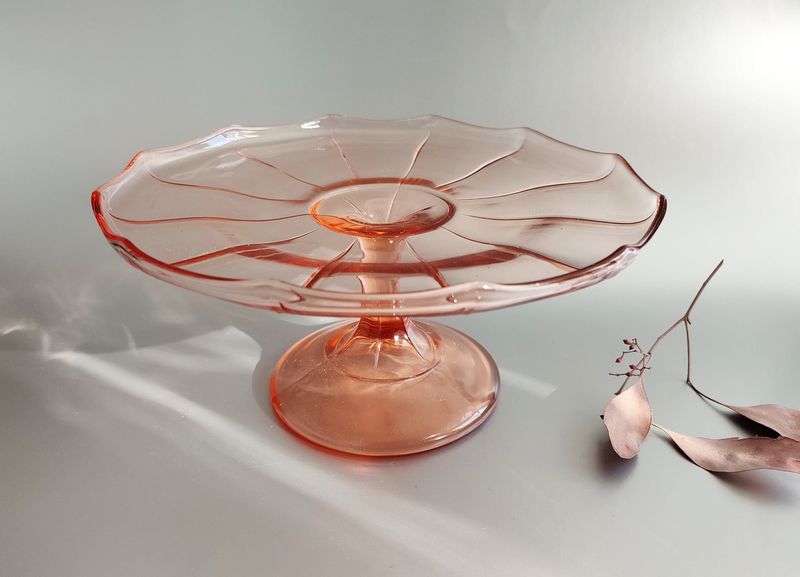
Mass-produced pressed glass from the mid-20th century has fallen dramatically out of favor with serious New York collectors. Those colorful Depression glass pieces and later pressed glass items that once filled curio cabinets now languish unsold at estate sales and thrift shops.
Manufacturing techniques for pressed glass resulted in pieces with visible mold lines and less refined details compared to blown or cut glass. Unless you have rare patterns or unusual colors, most pressed glass has minimal value in today’s market. Even complete sets of once-popular patterns like Princess or Royal Lace struggle to find buyers except at bargain prices.
If you’ve inherited pressed glass collections, consider keeping just one or two favorite pieces with personal meaning. The rest can be donated or sold inexpensively, as Manhattan apartments rarely have space for large collections of items with limited aesthetic or financial value.
11. Mass‑Produced Figurines (Let Go)
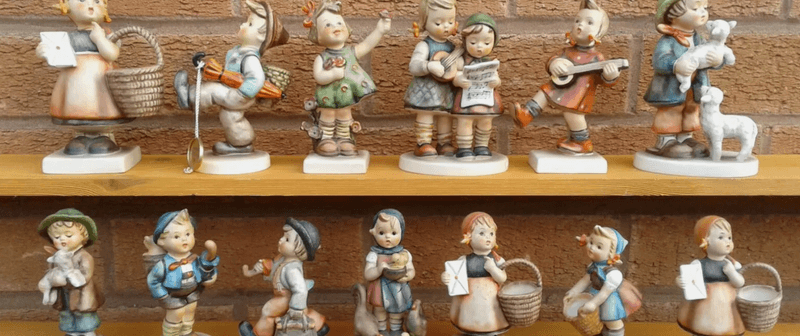
Those Hummel, Precious Moments, and Royal Doulton figurines that were once popular collectibles have plummeted in value on the New York antiques scene. Younger generations simply aren’t interested in these mass-produced decorative items that dominated gift shops and curio cabinets in previous decades.
Market saturation is the primary culprit too many were produced and marketed as “limited editions” that weren’t actually limited. Even older examples rarely command significant prices unless they’re extremely rare production variations or earliest examples from a particular series.
Manhattan dealers increasingly refuse these collections outright, knowing the market has collapsed. If you’ve inherited figurine collections, consider keeping only those with genuine personal significance. For the rest, donation is often more practical than attempting to sell in today’s market where supply vastly exceeds demand.
12. Cup & Saucer Sets (Let Go)
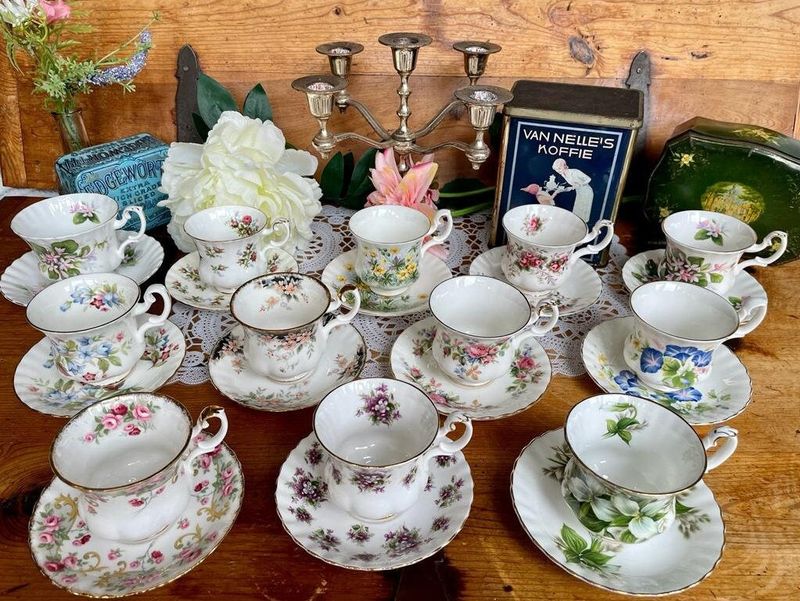
Once-treasured teacup and saucer collections are finding few takers in New York’s space-conscious households. These delicate sets that previous generations displayed proudly behind glass now regularly appear at estate sales with minimal interest from buyers.
Modern entertaining styles have moved away from formal tea service, and few Manhattan apartments have space for specialized collections with limited practical use. Even recognizable patterns from respected manufacturers like Royal Albert, Wedgwood, and Limoges struggle to find buyers unless they’re particularly rare or historically significant.
If you’ve inherited extensive cup and saucer collections, consider keeping just a few meaningful pieces that can be displayed or occasionally used. The remainder might find homes with community theaters, tea shops, or charitable organizations rather than commanding significant prices in today’s market where functional, multipurpose items are preferred.
13. Trendy Novelty Décor (Let Go)
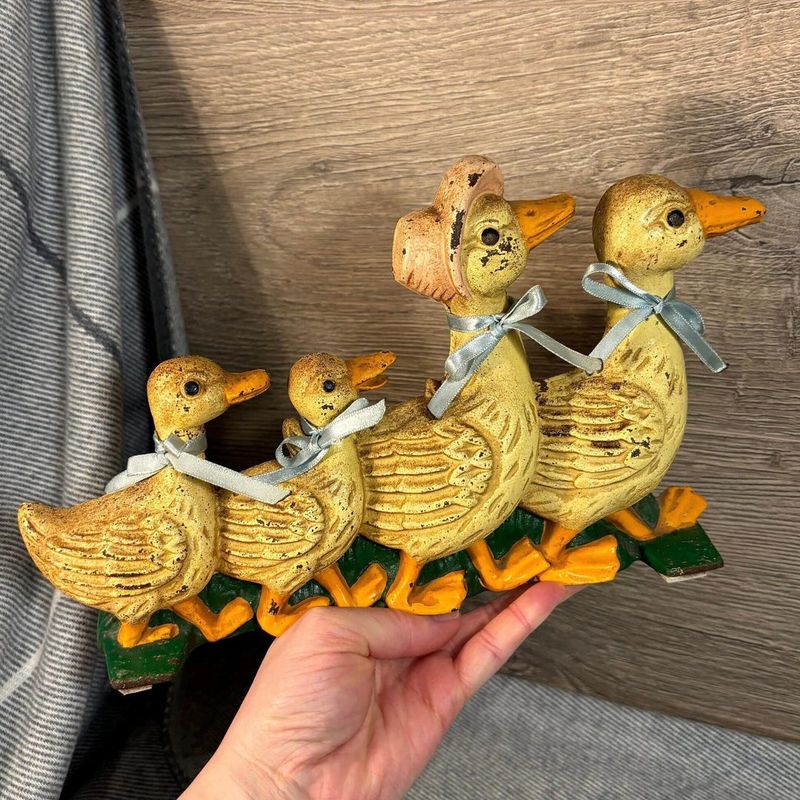
Those “must-have” decorative trends from the 1980s and ’90s think country geese with blue ribbons, ivy wall stencils, and wooden “Live, Laugh, Love” signs have become design pariahs in New York’s sophisticated interiors. These mass-produced novelty items that once filled American homes now signal dated taste rather than vintage charm.
Unlike genuine antiques that gain character with age, trendy décor from recent decades simply looks outdated. Manhattan designers regularly advise clients to remove these items during home staging, as they can actively decrease property values by making spaces look less current.
If your storage areas contain collections of themed novelty items, there’s little reason to expect them to appreciate in value. Unlike mid-century items that survived their own “outdated” phase to become desirable again, mass-produced decorative trends rarely experience true comebacks in sophisticated markets.
14. Faux‑Distressed Furniture (Let Go)
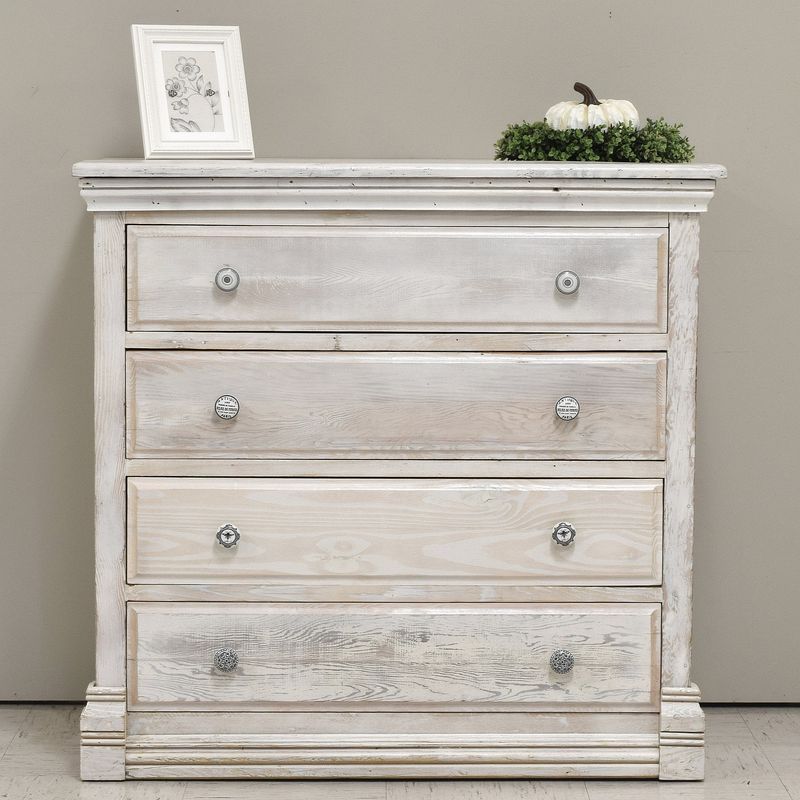
The artificially distressed “shabby chic” furniture that dominated design magazines in the 1990s and early 2000s has become a liability in New York’s sophisticated interiors. These pieces often solid wood furniture painted white or pastel and then deliberately scuffed now read as contrived rather than charming.
Manhattan designers regularly counsel clients to avoid these pieces when decorating, as they lack both the authenticity of genuine antiques and the clean lines of contemporary furniture. The technique became so ubiquitous that it immediately dates a space to a specific era, much like avocado appliances scream 1970s.
If you’ve invested in faux-distressed furniture, consider repainting it in a solid, contemporary color or selling it in outer borough neighborhoods where the style retains some popularity. Unlike genuine antiques with natural patina, these artificially aged pieces continue to decrease in value.
15. Ornate Wall Clocks (Let Go)

Those large, ornate wall clocks that were status symbols in 1980s and ’90s homes have fallen dramatically from favor in New York’s design circles. Massive wooden grandfather clock reproductions and oversized brass anniversary clocks that once dominated living room walls now appear dated and excessive in contemporary interiors.
Technology has rendered these decorative timepieces functionally obsolete, while their typically ornate styling clashes with the cleaner aesthetic preferred in today’s Manhattan apartments. Unless they’re genuine antiques with significant historical value, these bulky wall clocks typically sell for a fraction of their original cost.
If you’ve inherited or purchased ornate wall clocks, consider whether they truly enhance your space or simply occupy it. Many New York designers suggest replacing them with artwork or nothing at all, embracing the current preference for more minimalist wall treatments with greater visual impact.
16. Tchotchke Collections (Let Go)
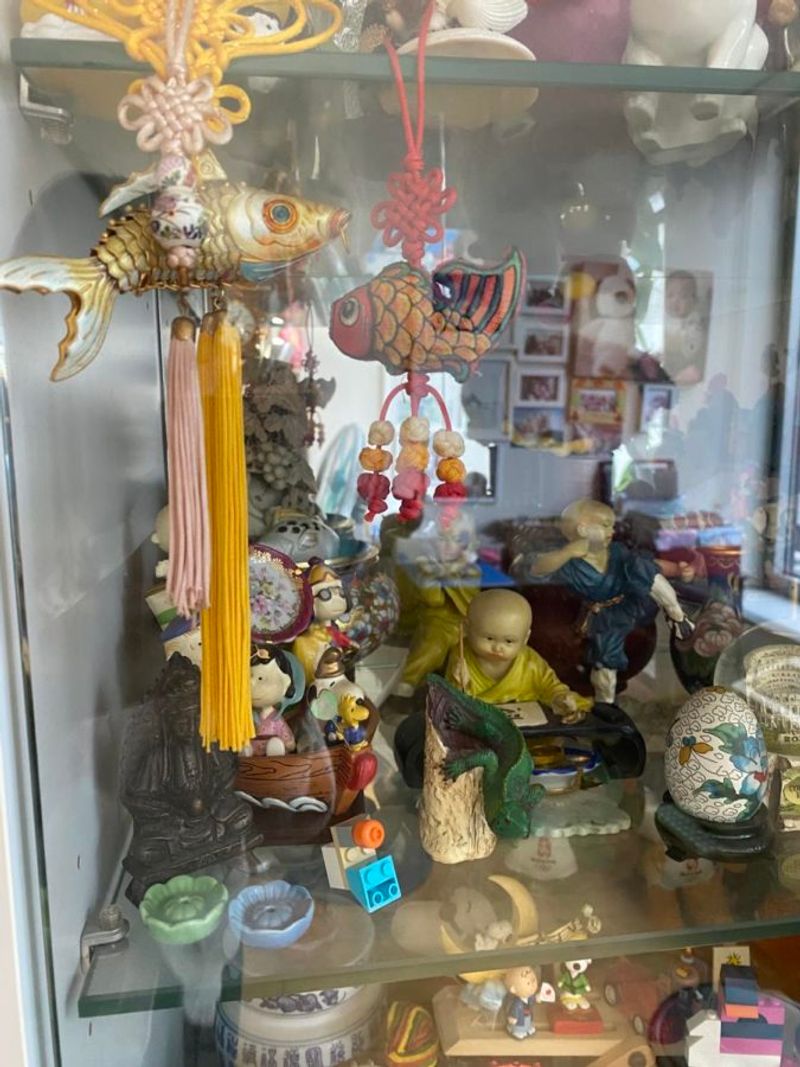
Random collections of small decorative objects commonly known as tchotchkes have plummeted in desirability among New York’s design-conscious residents. Those assorted figurines, souvenir spoons, and miniature collectibles that once filled every available surface now read as visual clutter rather than cherished treasures.
Manhattan interior designers frequently cite excessive tchotchkes as the first items to remove when updating a space. These collections not only gather dust and require constant maintenance, but they also make spaces feel smaller and more dated regardless of their actual age or origin.
If you’ve accumulated extensive tchotchke collections, consider selecting just a few meaningful pieces to display thoughtfully. The current New York aesthetic favors fewer, larger statement pieces rather than numerous small objects, reflecting both practical concerns about maintenance and evolving design sensibilities that prioritize visual calm.
17. Badly Painted Furniture (Let Go)

Amateur DIY painted furniture from the 1990s and 2000s has become a significant liability in New York’s sophisticated interiors. Those once-trendy pieces featuring sponge painting, stenciled borders, or decoupage embellishments now immediately date a space and can actively decrease property values.
Unlike professional refinishing or authentic milk paint on antiques, these DIY projects typically show brush marks, drips, and uneven application that betray their amateur origins. Manhattan designers regularly advise clients to either strip these pieces back to their original wood or replace them entirely when updating interiors.
If you’ve inherited or created painted furniture during previous decorating trends, assess it objectively for quality and current relevance. Pieces with good bones underneath poor paint jobs might be worth refinishing properly, while others might best be donated to make room for furniture that better reflects current design sensibilities.
18. Flat-Pack Tchotchkes (Let Go)
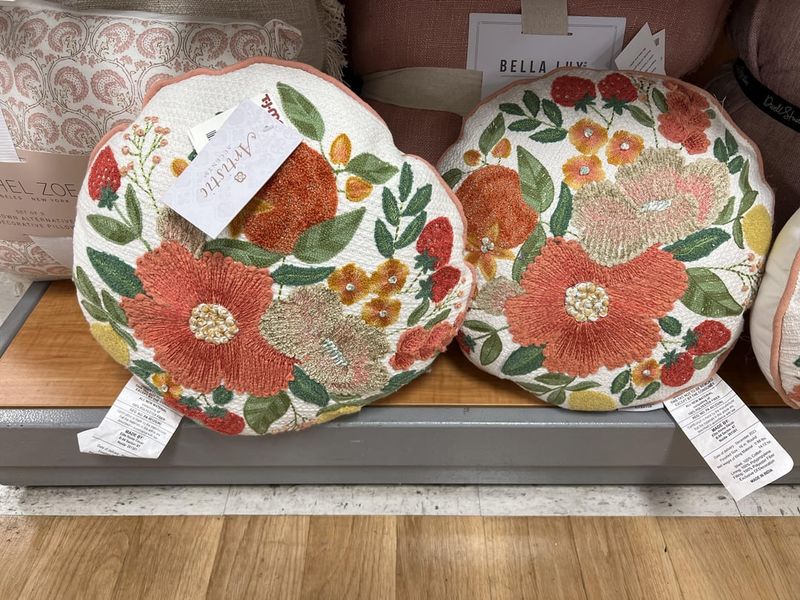
Mass-produced decorative objects from big-box retailers have virtually no secondary market value in New York’s discerning antique circles. These factory-made items often designed to mimic genuine antiques but without the craftsmanship quickly reveal their low quality through materials and construction shortcuts.
Words like “vintage-inspired” or “antique-look” on the packaging are clear indicators that these items are reproductions with minimal lasting value. Manhattan decorators regularly advise clients to invest in fewer, better-quality pieces rather than numerous inexpensive reproductions that won’t stand the test of time.
If your shelves contain mass-produced decorative objects from retailers like HomeGoods or Pier 1, don’t expect them to appreciate. Unlike genuine antiques that were crafted with care and quality materials, these items were designed for immediate visual impact rather than longevity, making them poor candidates for collecting or investment.


